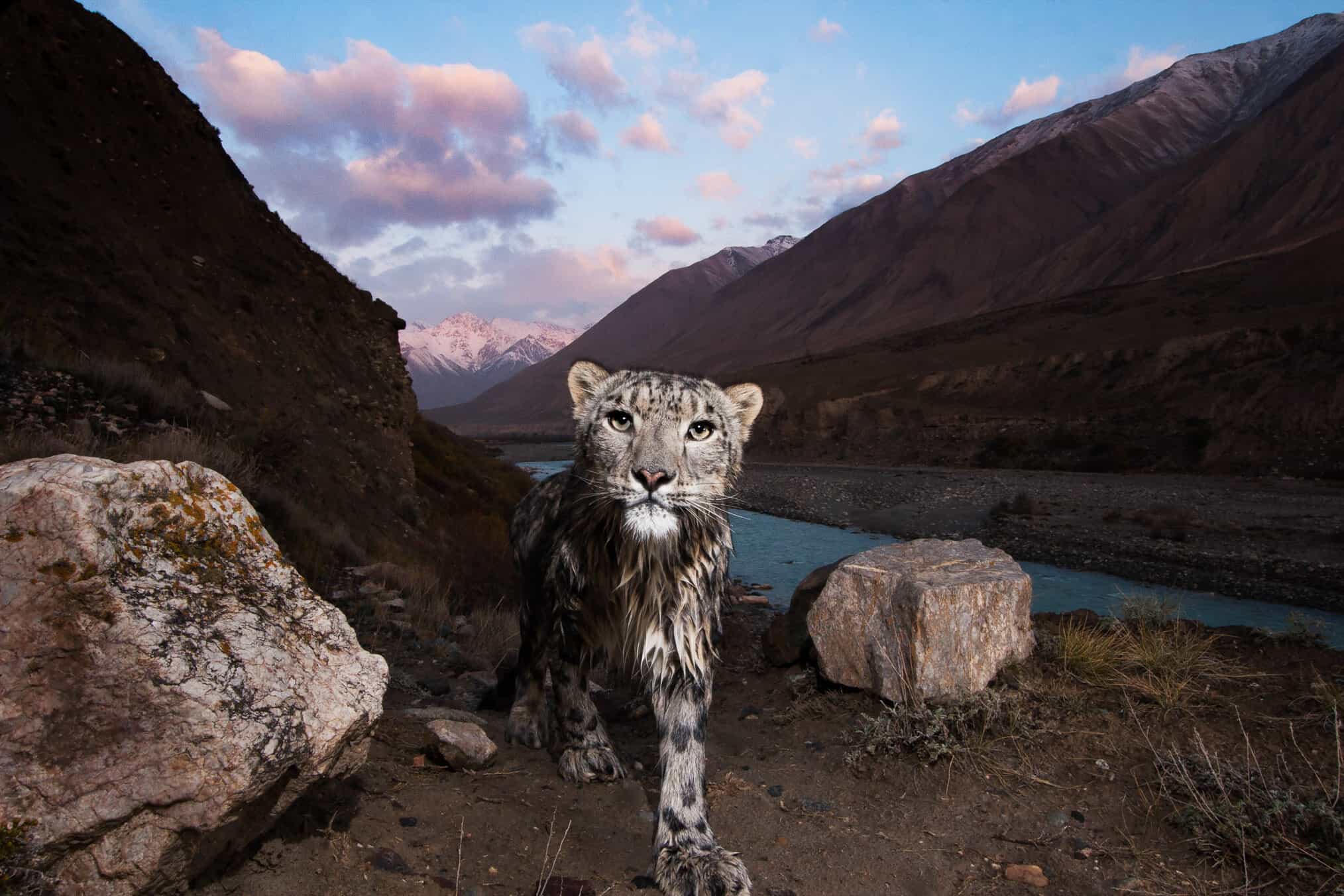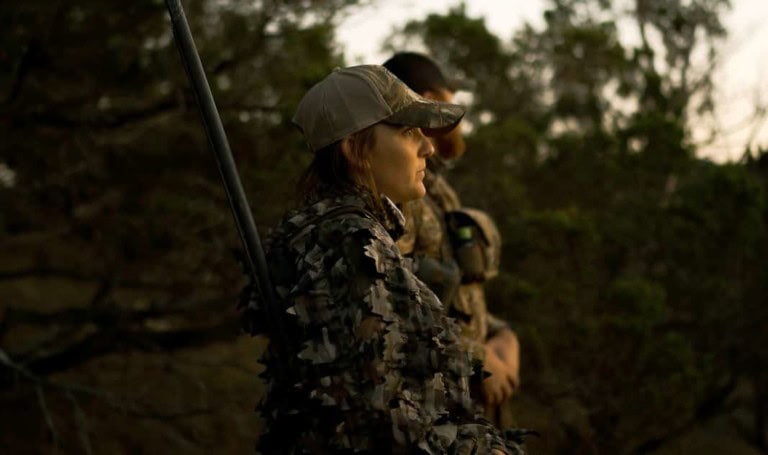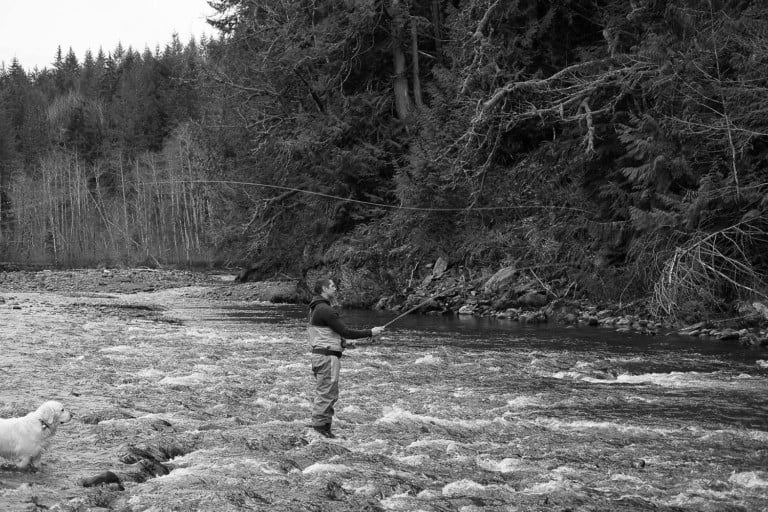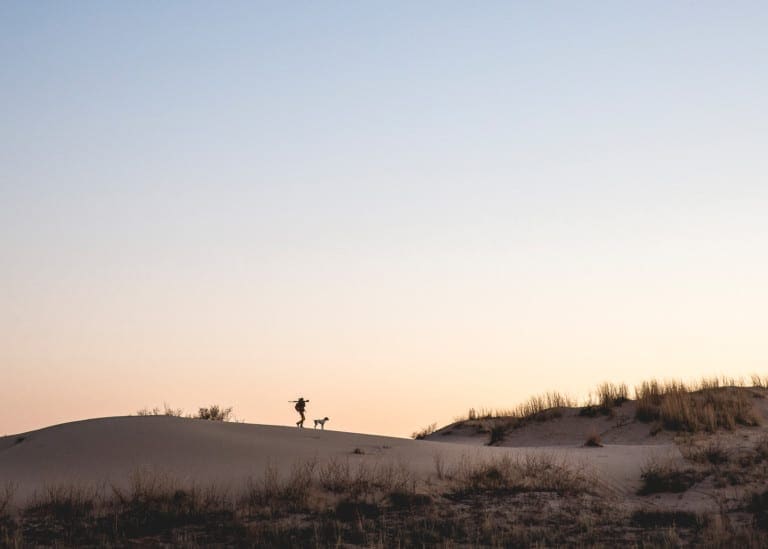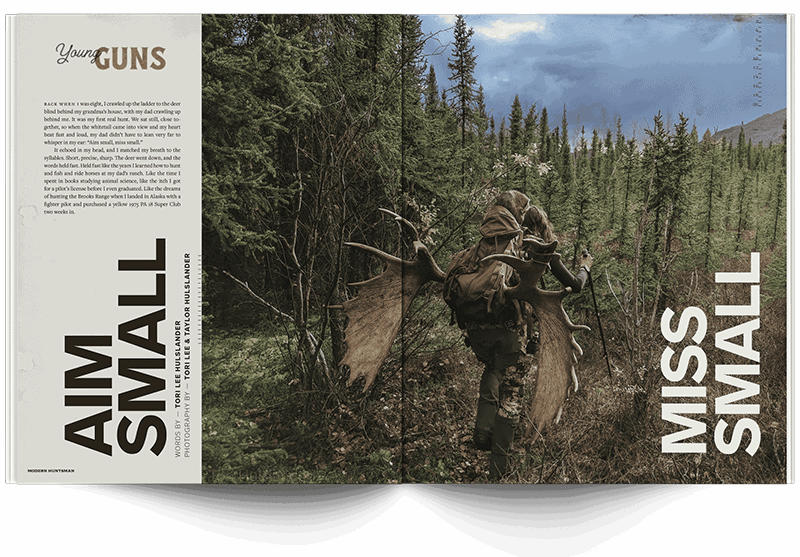To protect a rare Central Asian goat — and the snow leopards that depend on it — conservationists are turning to an unlikely ally: trophy hunters.
A few hours after arriving in Tajikistan’s Dushanbe International Airport last December, Bill Campbell sat bouncing in the back seat of a Toyota Land Cruiser as it made the six-hour journey to a small rural village called Anjirob, just a few kilometers from the border with Afghanistan. Home to some 700 people, the mountain community is nestled into the country’s Hazratisho Range, whose soaring crags form the gateway to the even more impressive Pamir Mountains, often called the “rooftop of the world.” A funny-looking goat with twisted horns called a Bukharan markhor (Capra falconeri heptneri) makes its home in this forbidding landscape, and Campbell, a 65-year old physician, had traveled all the way from Anchorage, Alaska, to find one.
It wouldn’t be easy. These mountain herbivores are extremely rare to begin with, and their tawny brown coats allow them to all but disappear into the uneven rock faces where they graze. By the time the Soviet Union released its grip on this Central Asian nation in 1991, there were fewer than 700 of the goats left on the planet. Half of them lived here in Campbell’s destination, on the southwestern fringes of Tajikistan’s Gorno-Badakhshan Autonomous Oblast, a Soviet-era regional designation that’s still in use today.
To blame for the species’ dwindling numbers were all the usual suspects: habitat loss, competition with grazing livestock, and diseases transmitted by domestic animals. Most of all, however, the markhor suffered from decades of unrelenting pressure from poaching—illegal hunting for meat by locals, along with the occasional illicit trophy hunt.
Those declines
